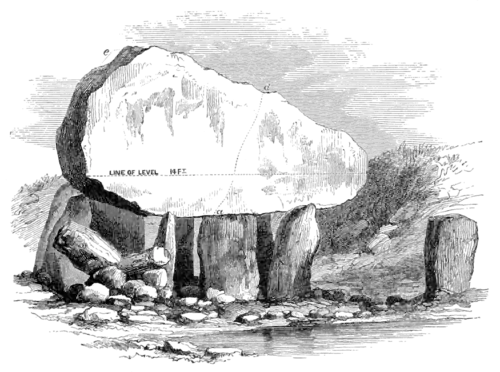170
ENGLAND.
Chap. IV.
agricultural purposes, it might be assumed that a civilized people with highly cultivated antiquarian tastes might have been at the trouble and expense of removing the tumuli for the sake of the land, and of preserving the dolmens for their historical value. But that the rude peasantry of Cornwall and Wales should have done this is inconceivable, more especially as by far the greater number of these monuments are situated on bleak moorlands of no agricultural value whatever. Still more inconceivable is it that they should have done it so neatly and so carefully that no trace of the mound can now be found either around the stones or in the neighbourhood.
If any history were attached to these Western dolmens, or any remains had been found under them which would enable us to fix their dates, even approximately, or to arrange them in any intelligible sequence, it might be worth while recapitulatiug their names or illustrating their forms. Nothing of the sort, however, has yet been attempted; and apparently no materials exist from which any such series could be elaborated.

51.
Arthur's Quoit, Gower. From a drawing by Sir Gardner Wilkinson.
Only one dolmen in Wales, so far as I know, bears a name; but it is the illustrious one of King Arthur. The dolmen bearing bis name is situated in the peninsula of Gower, on the northern slopes